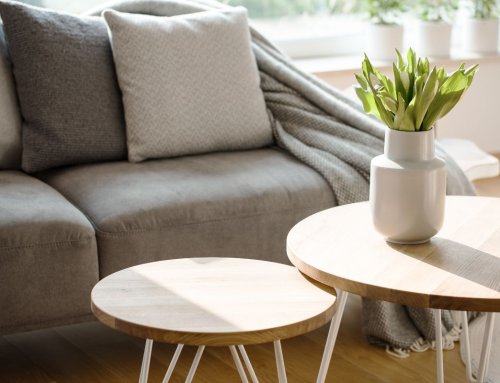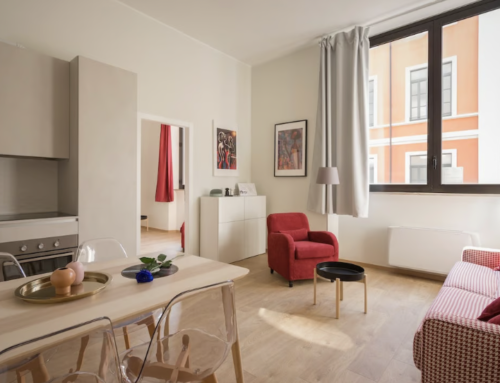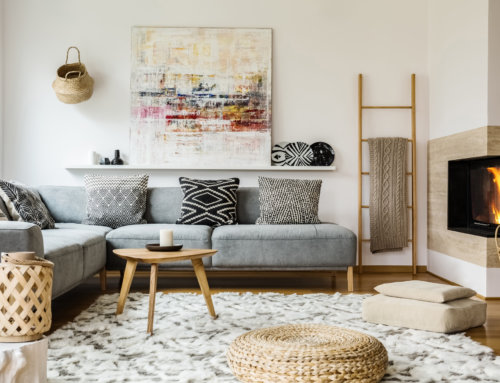If you’ve ever wondered how to start a sober living home, the process begins with commitment, planning, and an understanding of the unique needs of residents. In 2020, the federal government budgeted $35 billion to combat the growing drug crisis in the U.S. Even with increased funding, recovery remains a challenge, and support programs are stretched thin. One way to bridge the gap is through sober living homes, which provide safe, structured housing for people transitioning out of treatment. Below, we’ll cover the essentials of building a business plan, securing funding, and laying the groundwork for a successful facility.
Why Start a Sober Living Home?
Sober living facilities offer more than housing — they give individuals in recovery accountability, peer support, and a stable environment to practice healthy routines. Peer group recovery, combined with structure and compassion, makes these homes vital in helping residents rebuild their lives.
Step 1: Write a Business Plan for Your Sober Living Home
A strong business plan is the foundation of any sober living home. Your plan should include:
-
Company Description – What type of housing and population will you serve?
-
Services Offered – Substance abuse counseling, job placement support, financial counseling, etc.
-
Market Analysis – Research existing facilities in your area and identify how yours will stand out.
-
Marketing Strategy – Build referral relationships with providers like the Department of Veterans Affairs.
-
Funding Needs – Outline startup and operating costs.
Having these details in place not only guides your launch but also makes your plan attractive to potential investors.
Step 2: Secure Legal and Financial Setup
Register your business as an LLC, obtain an IRS Employer Identification Number (EIN), and calculate monthly operating costs. Consider:
-
Staff salaries
-
Rent or mortgage
-
Utilities, groceries, and supplies
-
Insurance and licensing fees
Determine how much to charge residents and the average length of stay. While sober living homes are often affordable, planning ahead ensures sustainability.
Step 3: Learn About Home Zoning and Regulations
Zoning laws can impact your ability to operate. Research neighborhood requirements and prepare for possible resistance from residents. Fair Housing laws and the Americans with Disabilities Act may protect your right to operate, but it’s best to understand local rules before purchasing or renting property.
Step 4: Hire a House Manager
Choose a manager who has at least six to twelve months of sobriety and strong leadership qualities. Responsibilities include overseeing residents, handling house rules, and tracking finances. Compensation often includes salary plus room and board.
Application requirements for residents should include:
-
Identification and proof of U.S. residency
-
Character references
-
Agreement to follow house rules
Step 5: Create Policies and Requirements Around Living a Sober Lifestyle
Establish a clear handbook that includes:
-
Zero-tolerance drug and alcohol policy
-
Mandatory meeting attendance (e.g., AA, NA)
-
Resident responsibilities for chores and self-care
Requiring signed agreements helps ensure accountability and structure.
Step 6: Find Investors and Funding for Sober Living
Investors want to see a clear return on investment (ROI). Be prepared to answer questions about startup costs, capacity, and revenue per resident. Consider additional funding sources such as:
-
Grants
-
Donations
-
Bank loans
Your business plan should demonstrate long-term sustainability to attract support.
Are You Ready to Open a Sober Living Home?
Understanding how to start a sober living home is only the beginning. Success comes from creating a safe, structured, and supportive environment that empowers residents to achieve lasting recovery.
To continue learning, check out Taste Recovery, a search tool designed to connect people with sober living facilities and resources. You can also explore their blog for more guidance on maintaining and growing your sober living home.









